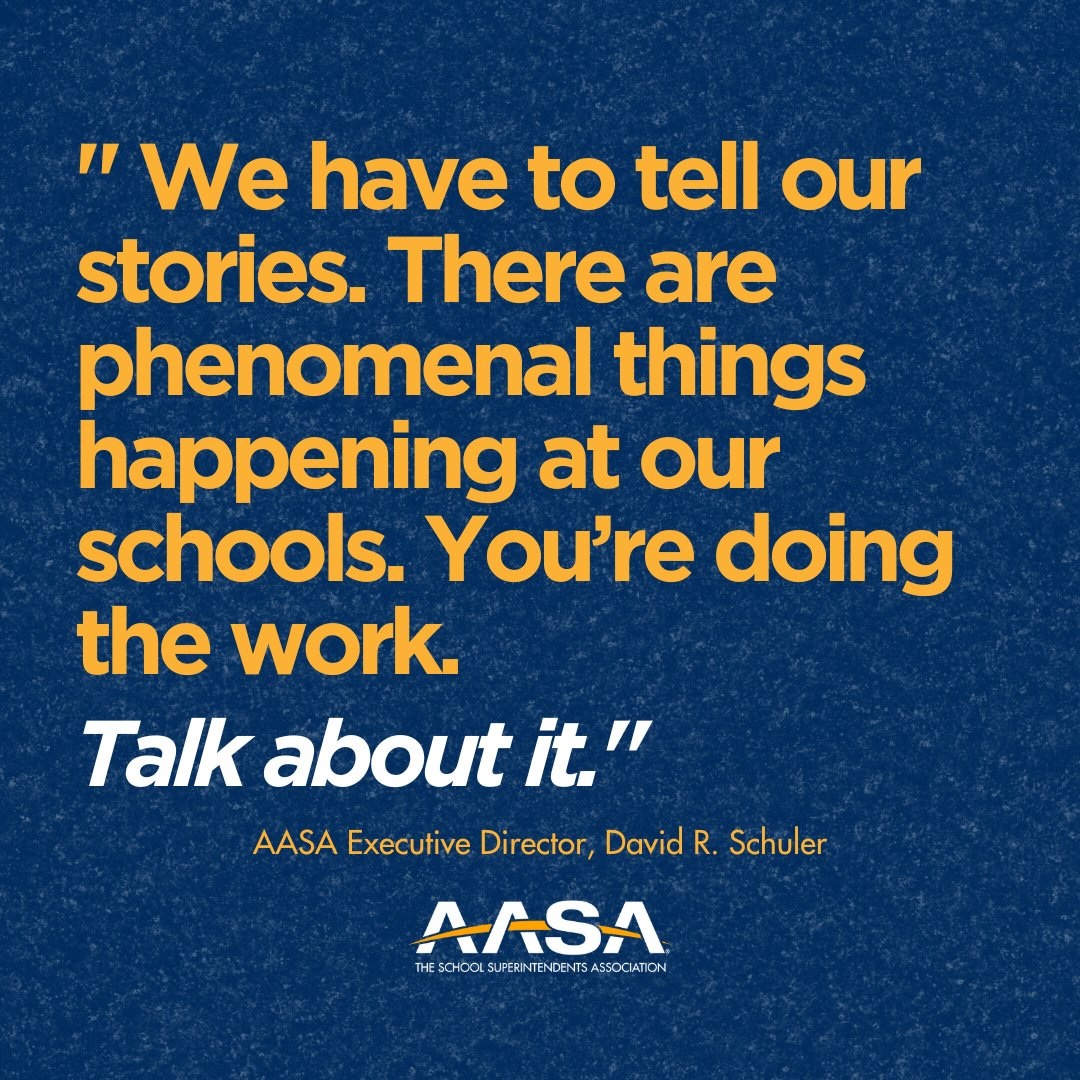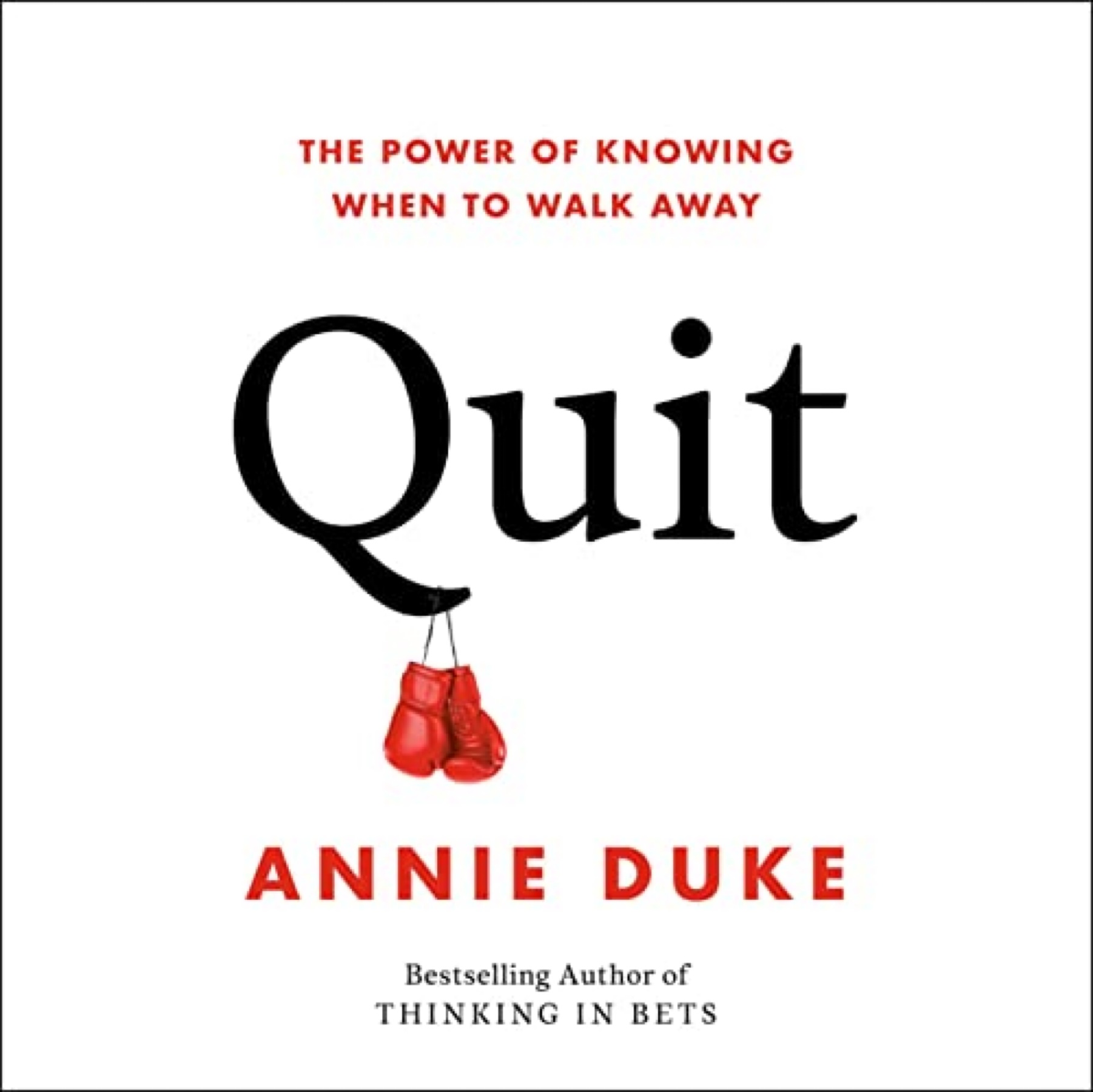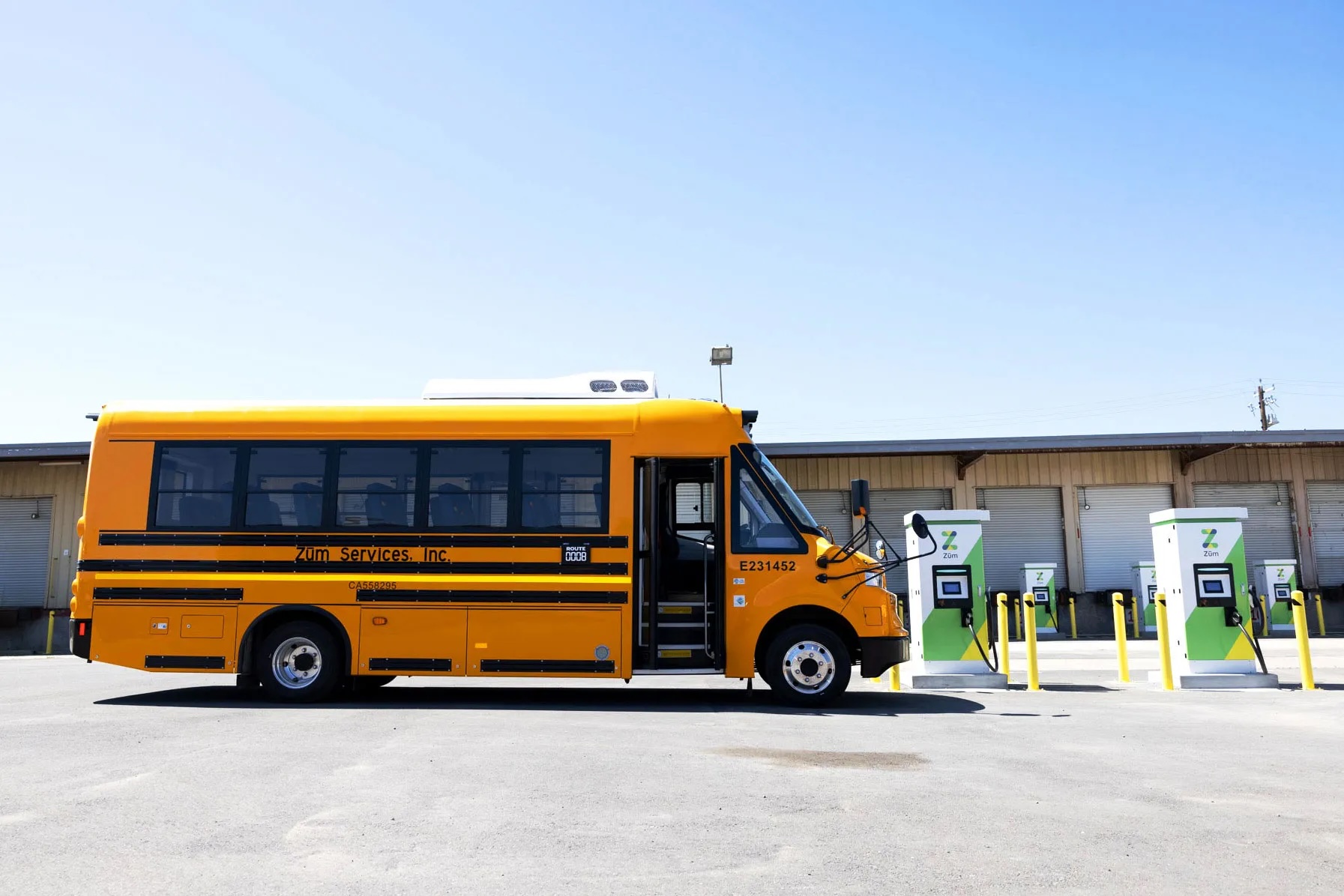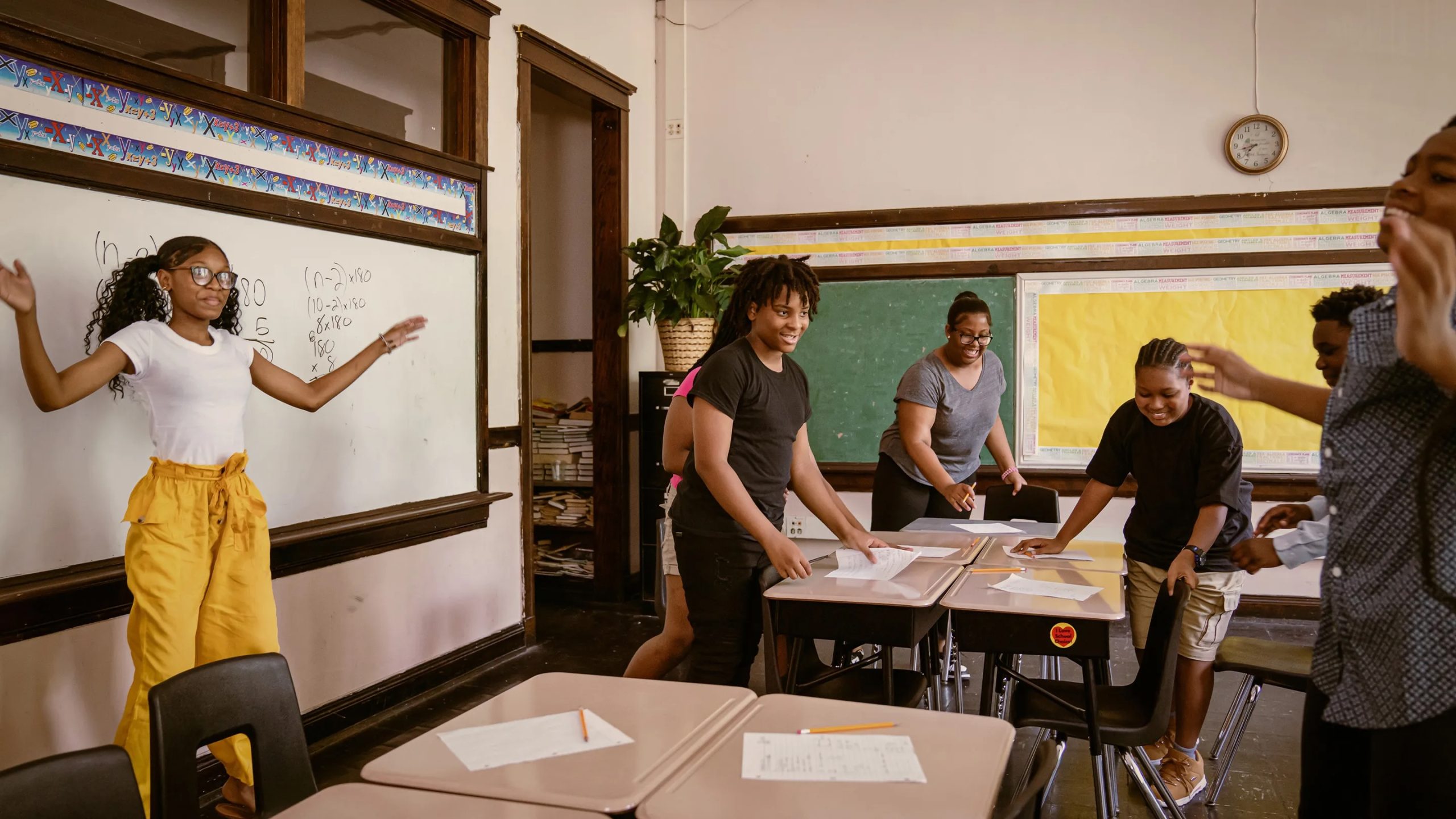
I recently (May 17, 18, & 19) provided background music for a production of John Steinbeck’s “The Grapes of Wrath” by Southern Tier Actors Read (STAR) at the Phelps Mansion in Binghamton, NY. These are the songs that I used. The photo above is the cast with Judy McMahon (seated center), the director, and me on the right.
Steve Martin with the Steep Canyon Rangers – Daddy Played the Banjo – This opened the show with one verse and chorus on the banjo.
Alison Krauss and Union Station – Man of Constant Sorrow – Sung by Dan Tyminski – The script just asks for one verse, which I sang and played guitar. Due to the location I changed Kentucky to Oklohomma.
The New Christy Minstrels – Today – The stage directions asked for a waltz during narration so here is a song in 3/4 time from the early 1960s. I finger picked it on guitar.
Rolling Stones Route 66 – The song was composed in 1946 by American songwriter Bobby Troup. The Joads took this route to California so this seemed like a good pick. I took this 2-lane road with my parents in 1958. I channeled my inner Mick Jaeger and sang two verses and a chorus while playing guitar.
Buddy Greene – Shall We Gather At the River – I played this on the harmonica while playing guitar at the same time.
The Seekers – The Water Is Wide: Special Farewell Performance – I just played one verse on guitar while the narrator read.
Terry Blackwood, Sue Dodge, Ernie Haase, The Talley Trio – This Land Is Your Land – I played this twice on guitar during narration.
Alan Jackson – How Great Thou Art – I played a truncated verse on the banjo.
Going Home” (The Kingston Trio) – I sang this and played guitar at the end of the first act. The audience stepped all over it with applause, but that was just fine with me.
Wicked California , Tompall & The Glaser Brothers – I played this on guitar and sang two verses to open act two.
I’ll Fly Away | Billy Strings + Chris Thile + Cory Henry @ Lincoln Center – I played a verse slowly on harmonica while the cast hummed. I then played and sang along with the cast during their final bow.











 @AASAHQ
@AASAHQ







 @Gapingvoid
@Gapingvoid





 @motivational
@motivational




 @Gaongvpod
@Gaongvpod